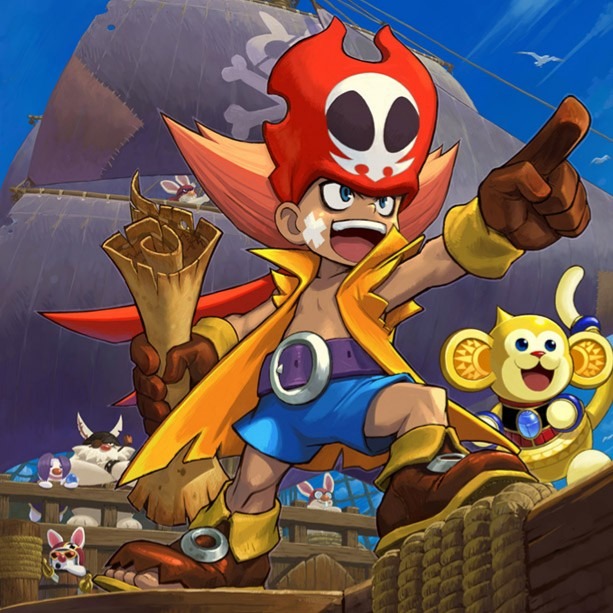A reflection on Zack & Wiki: Quest for Barbaros’ Treasure
In a gaming world governed by who has the most realistic graphics and whose games are the hardest, Nintendo increasingly feels like the best kind of outlier. It absolutely corners the market on games that are charming and full of character, and I’m part of the silent portion of the gamer base that prefers that. However, charming should be on no account mistaken for easy. I mention this because I’ve recently been replaying an old favourite of mine on the Nintendo Wii – a charming puzzle adventure called Zack & Wiki: Quest for Barbaros’ Treasure – which absolutely sits in the middle of these two worlds. It’s full of character and a lavish art style, but it’s also hard as nails.
The story follows an aspiring young pirate called Zack, who has teamed up with a flying golden monkey called Wiki. The two are part of a group of Sea Monkey pirates who search for treasure, and their latest quest could prove their most lucrative. They stumble across the golden skull of the famous pirate Barbaros and, after releasing it from its curse, it offers them a deal. If they help him retrieve his other body parts and help him return to his former state, he will give them his pirate ship. And so, the quest is on.
In practice, this quest takes the form of what is really an old-school point-and-click adventure. Each level centres around one main problem, and it can only be solved in the confines of the level. You must closely examine your immediate environment and figure out how to use all the resources available to achieve whatever objective you’re faced with. It helps here that Capcom have programmed the game with the Wii in mind, producing something that is so intuitive, encouraging you to explore exactly how motion will make an item work.
The solutions to the puzzles are rarely ever obvious, but they’re never too obscure either
Where do items come from? Wiki can transform into a bell, and then has the power to transform the monsters in the area into items – so, for example, frogs become bombs. Unlike many Wii games, it’s strangely satisfying to actually use the motion in the puzzles – it feels integral, not the gimmick that so many games seem to think it is. It’s hard to picture Zack & Wiki on any other console for that exact reason. It doesn’t always work perfectly, but the misses are thankfully very rare.
I mentioned difficulty, and Zack & Wiki certainly has that. It’s about the perfect balance – the solutions to the puzzles are rarely ever obvious, but they’re never too obscure either. I think the enclosed structure of the levels helps with that – there’s only so much that it possibly could be. All the pieces you need to solve a puzzle are normally in plain sight, and so the challenge is in fact figuring out how to fit them together. There’s an in-game hint system, but you’re charged the in-game currency for every prompt, so it’s impossible to become too reliant on them.
Sadly, sales for Zack & Wiki were not very good, so it’s hugely unlikely we’ll ever see a sequel or a remaster, and that’s a massive shame. It’s visually fun with its cartoon vibe, and it really taxes your brain – few games are this charming and this tough. As the Wii falls out of fashion, you can pick this game up for next to nothing now so, if it’s not already part of your collection, head out and buy it.

Comments